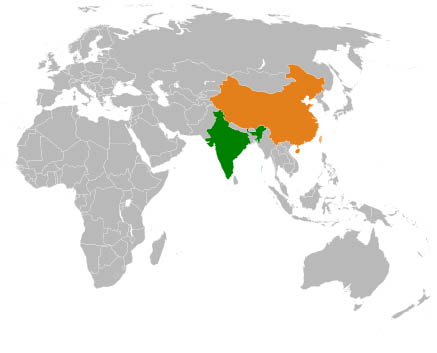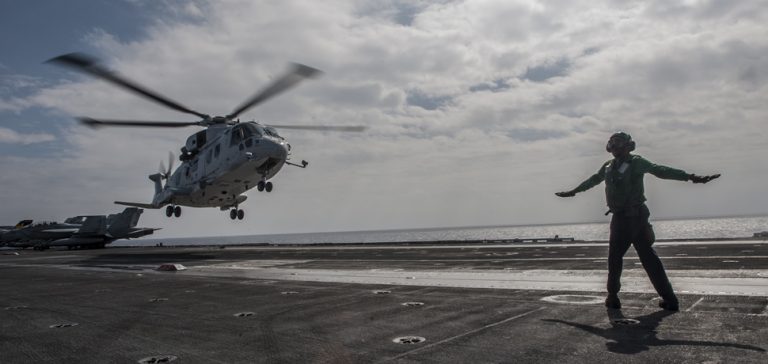The US Indo-Pacific Strategy aims to contain the People’s Republic of China (PRC), ensuring freedom of navigation and preventing China from using diplomatic and economic means to establish military bases in the region. Meanwhile, China’s ‘Blue Dragon’ Strategy, as originally described by former US diplomat and current military professor Patrick Mendis, seeks to expand its influence and strategic reach across major bodies of water and land areas, countering US efforts and increasing Beijing’s control. This dominance threatens regional security and could restrict freedom of navigation, leading to higher global trade costs and fuel prices. Additionally, the Blue Dragon strategy challenges India’s traditional position of non-alignment, potentially contributing to growing isolation for New Delhi.
China’s Blue Dragon strategy pertains to three major bodies of water: the East China Sea, the South China Sea, and the Indian Ocean. It involves establishing claims on manmade islands and the surrounding maritime exclusion zones. In the South China Sea, China has built and militarized several artificial islands, equipping them with military infrastructure such as airstrips, radar systems, and missile installations. A significant component of the Blue Dragon strategy is China’s assertive territorial claims, reinforced by the “nine-dash line,” a demarcation used by China to claim approximately 90% of the South China Sea. This area covers significant maritime regions and numerous islands and reefs also claimed by countries such as Vietnam, the Philippines, Malaysia, Brunei, and Taiwan. In 2023, the PRC released a new map reinforcing its claims to these disputed territories.
Geographically, China’s Blue Dragon strategy is anchored on Taiwan and Sri Lanka. Taiwan is crucial to Xi Jinping’s goals of “rejuvenating” China by reclaiming all the territory that the Chinese Communist Party (CCP) believes rightfully belongs to the PRC. Strategically, controlling Taiwan would give the PRC dominion over the Taiwan Strait, a critical maritime route through which 80% of the world’s largest container ships pass, accounting for 40% of the global shipping fleet.
Sri Lanka on the other hand plays a key role in China’s plan for dominance in the Indian Ocean. The island nation, located on the Bay of Bengal, is seen as an ideal location for establishing naval bases. This position would provide China with a strategic anchor point to exert additional pressure on India and enhance its influence throughout the region.




